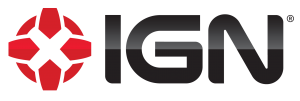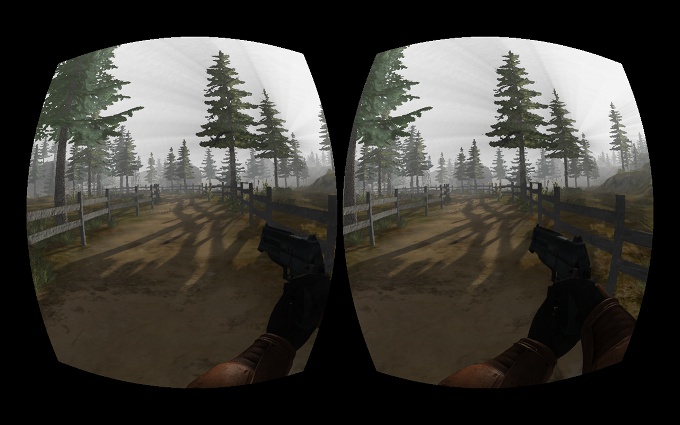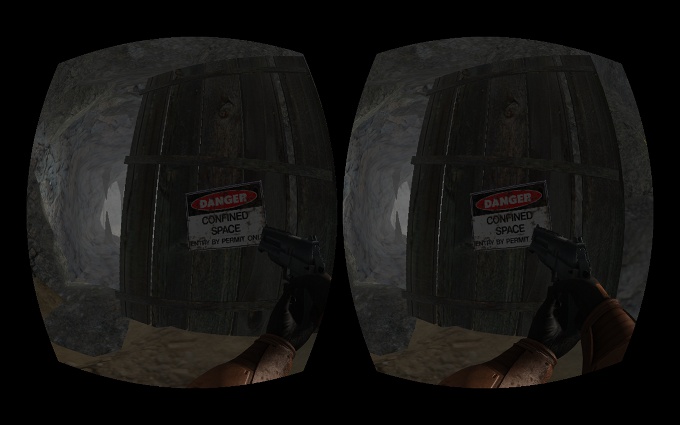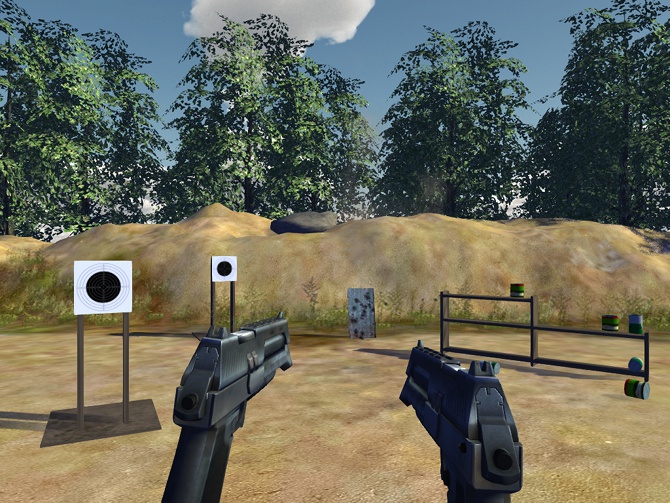David Wyand, Gnometech’s founder, is attending Oculus Connect 1 starting Friday, September 19. Each day he will be wearing a Here Come the Dead shirt, so be sure to stop him and say “Hi!”.
David Wyand, Gnometech’s founder, is attending Oculus Connect 1 starting Friday, September 19. Each day he will be wearing a Here Come the Dead shirt, so be sure to stop him and say “Hi!”.
Culture Toronto attended Digifest 2014 and published a video showcasing people playing our latest game in development, Here Come The Dead. They also interviewed a show attendee about the game. Enjoy!
We had a great time showing off Here Come The Dead at Toronto’s Digifest 2014 Intel Family Day on May 9. Nearly 100 kids and adults tried out the game during the six hour show. Enjoy the following video that captures the excitement!
Gnometech will be attending DigiFest 2014 Intel Family Day on May 10 with the first public showing of their new game Here Come The Dead. The first level prototype, which makes use of the Oculus Rift and Razer Hydra, will be playable by the public at the show. Come shoot some zombies with us!
Available now on the Leap Motion controller store Airspace is Gnometech’s latest game, Motion Hockey!
With the Leap Motion Controller, use your hand to control an air hockey paddle and start racking up the goals. Multiple game modes and puck designs options allow for greater depth and replayability. This arcade classic has never been this fun!
Features
Purchase this game now on airspace.
 Today IGN posted an interview with Gnometech Inc. founder, David Wyand, about his work on the Oculus Rift Aurora Borealis demo. Head on over to the article, How Oculus Rift Will Change The World Beyond Gaming.
Today IGN posted an interview with Gnometech Inc. founder, David Wyand, about his work on the Oculus Rift Aurora Borealis demo. Head on over to the article, How Oculus Rift Will Change The World Beyond Gaming.
On March 17, 2013, a coronal mass ejection (CME) sent two days earlier reached the Earth. The resultant geomagnetic storm produced a brilliant aurora borealis display for the northern latitudes. Now you can see this event as viewed from opposite sides of the Earth as if you were there through the power of the Oculus Rift andTorque 3D (may also be used without the Rift):
Here’s what the Aurora Borealis demo looks like when connected to the Oculus Rift:
April 22, 2013 Update: My video for this project has just been honoured by being put on the Canadian Space Agency’s YouTube favourite video list:
www.youtube.com/playlist?list=FLdNtqpHlU1pCaVy2wlzxHKQ
Very exciting!

Following up the Leap Motion controller and Razer Hydra controller support in the first quarter of 2013, David Wyand has now integrated Oculus Rift DK1 support into Torque 3D. As part of this work we put together a simple test game called Rift Valley which you can see in action here:

Follow the path in the valley and see what awaits

Be sure to check out both the outdoors and indoors
In this game you control a soldier from a first person point of view as you explore a small valley. All artwork (other than the soldier) was done by Ron Kapaun of 3TD Studios and has been generously donated to the Torque 3D community. Other than requiring an Oculus Rift, you may use either a Xbox360 gamepad, or a keyboard and mouse to move around the valley.
The Rift Valley demo game is available for download and play with the Oculus Rift. You may find out more at GarageGames.

Following up the Leap Motion controller implementation last month, David Wyand has now integrated Razer Hydra controller support into Torque 3D. As part of this work we put together a simple test game called Hydra Ryder which you can see in action here:

Hydra Ryder game in action with dual wielded pistols
In this game each of the Hydra’s controllers allows the player to move, rotate and fire a pistol at various targets. This demo game also offers a unique calibration scheme to make it feel that your hands are actually controlling the pistols in game.
The Hydra Ryder demo game is available for download and play with a Razer Hydra controller. You may find out more at GarageGames.
I am proud to announce that my Torque 3D Game Development Cookbook has recently been published.
In the Spring of 2012, I was contacted by Packt Publishing to write a cookbook-style book on Torque 3D. For those that don’t know, a technical cookbook is very similar to a food cookbook. It is full of recipes of specific tasks or problem solutions, some short and some long.
When I started writing the book, the MIT licensed version of Torque 3D was only a concept, and the retail version of T3D 1.2 was all that was available. Therefore, the book is based on using Torque 3D from a TorqueScript and built-in editor perspective. It really is amazing how much can be done in Torque 3D without needing to touch the source code.
Since then Torque 3D has gone open source and we saw the release of v2.0 in December 2012. Through the magic of really fast book printing, I was able to make sure my book was updated for the 2.0 open source release, making this the most current Torque 3D book to date.
Note: One recipe in Chapter 2 makes use of the FPS Example template that is currently only available in the retail release of Torque 3D 1.2. However, the concepts in that recipe will easily carry over to all other projects, which has to do with placing decals.